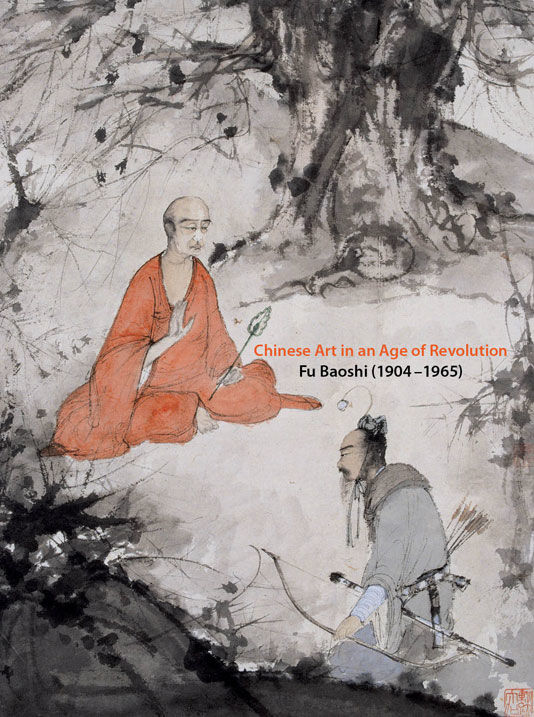Dan Miller was born in Castro Valley, California in 1961. He is an American artist. He is currently a resident at Creative Growth Art Center which is a studio space and gallery for artists with disabilities like Miller, who has Autism.

Dan MILLER
untitled (ink w/circle), 2010, ink on paper, 22.01 x 30 inches
As a child Miller attended special education classes and summer camps. It was extremely important to his Mother that he got an education. Miller spent many nights working with is Mother and grandmother, whom are both schoolteachers, on learning to read and write. The time spent teaching Miller has stayed with him threw is life and often shows itself in his paintings. Meticulously writing the same words over and over again until he fills the paper up. The words are layered on so heavily that the often get lost in a mass of letters and thoughts. From a distance you may think it that the paintings are just lines upon lines scribbled on but as you get closer you begin to see the words and the time Miller spent laboring over his work.
Common words that show up in his work include Electrician, Light bulb and socket; Linking his work to his past once again. When he was a young, Miller would take apart Radio Clocks and overhead fans tinkering with tools and how things work. He was obsessed with tools and often looked through and studied is father’s catalogs Grainger’s hardware.
Miller has some lack of traditional communications alongside his Autism. But his art is a way he seems to communicate how he interacts with the world. These pieces of his memories of reading with his mom and taking apart clocks are very prominent in the paintings he creates. It is a window into his past and mind. As in the picture below of Light Bulbs.

Dan Miller
Untitled, 2012 ,Ink and acrylic on paper,42.5 × 53.5 inches

Dan Miller
Untitled,2012, Ink and acrylic on paper , 42.5 × 53.5 inches
With the help of Creative Growth Art Center Dan has honed his skills and gone from using scrap paper and books to twelve foot talk canvases. Dan has been featured in solo exhibitions in galleries such as Galerie Christian Berst, Ricco Maresca, New York and White Columns, New York. He has also done goup shows at Gavin Brown’s enterprise, Paris, and ABCD. Dan was featured at Frieze New York, The Armory Show, and NADA Miami. Dan has a feature in curator Christine Macel’s exhibition: Viva Arte Viva, in 2017. He’s the first artist with Autism to have his work acquired by the permanent collection of MoMA.

Dan MILLER
untitled, 2010, watercolor, marker, coloured pencil on paper, 11.81 x 17.72 inches
Miller’s art makes me feel like I am seeing into a different universe. One that is similar to ours but chaotic and repeating. Where reality is bent and sense does not make sense. I feel his work truly conveys how he sees the world and what about it stands out to him. In Miller’s work the repetition is soothing and relating to me; it adds a uniformity and stability to life. And sometimes I need that reassurance that life does have a pattern and direction.
The fact the Miller has taken not a single drawing or art course and yet produces such visually stimulating work and having so much of his work featured in museums and exhibitions is truly inspiring and admirable.

Dan Miller
Untitled, 2017, Embroidery and paint on fabric, 49 × 65 inches

Dan Miller
Untitled, 2012, Ink and acrylic on paper, 42.5 × 53.5 inches

Dan Miller
Untitled, 2016, Acrylic and ink on paper, 20.00 x 26.50 in









